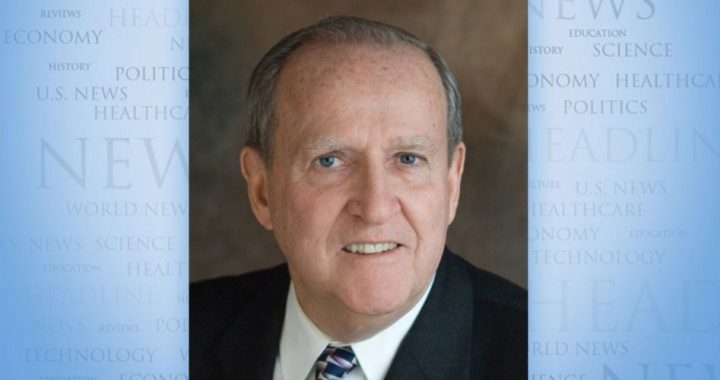
Supporters of Hillary Clinton’s bid to become President can’t get over the fact that she won more votes than did her opponent. Her numbers exceeded Donald Trump’s by a more than 2.8 million. “How can it be,” her followers ask, “that she can attract that many more voters and still lose?”
The answer, of course, is that popular vote totals aren’t the test for presidential candidacies. The Constitution says the votes that decide the winner come from the Electoral College. If a candidate wins by a wide margin in several large states but loses — even by tiny margins — in numerous other states, the victor is the candidate with the most votes cast by the electors.
The November 8, 2016 numbers tell us that Clinton was the choice of 65.8 million voters nationally. Trump was the preference of only 63 million voters. But that’s not the whole story. An analysis of the 2.8 million difference shows that it came from California, which is more and more referred to as the nation’s “left coast.” Clinton’s California margin of victory was 3.4 million. Exclude California from the nationwide totals and Donald Trump was the nation’s choice by more than 500,000 voters.
Even more, look at the areas in California that gave Clinton her largest margins:
• Los Angeles County: 1,273,000 votes over Trump
• Alameda County: 395,000
• Santa Clara County: 346,000
• San Francisco County: 278,000
• Contra Costa County: 181,000
• San Mateo County: 166,000
• Sacramento County: 111,000
• Orange County: 84,000.
These margins of victory alone add up to 2.8 million — the plurality gained by Clinton nationally.
Other than raising funds to be used elsewhere, Clinton and Trump avoided campaigning in California. Each knew who the victor would be so they went elsewhere. Therefore, we have to ask: Should four areas of California decide who shall be the nation’s President? Put another way, we ask about the states and the people who populate the Midwest, Rocky Mountain areas, South, and Southeast? Should the leftists and so-called progressives who numerically dominate other regions overwhelm their preferences of the smaller states?
Hillary Clinton is not the first candidate who won the popular vote but lost the election. As recently as the year 2000, Al Gore won the popularity contest but lost the presidency to George W. Bush. More than 100 years ago, Grover Cleveland won the popular vote but lost the election to Benjamin Harrison.
The Founding Fathers who gave us the Electoral College system to choose a president believed that the states should decide the winner — not the popular vote. Clinton supporters will seek ways to circumvent this system. Their effort should be blocked. A hard look at the figures given above may be all that’s needed to protect the system that has served the nation so well since 1789.
John F. McManus is president emeritus of The John Birch Society. This column appeared originally at the insideJBS blog and is reprinted here with permission.


